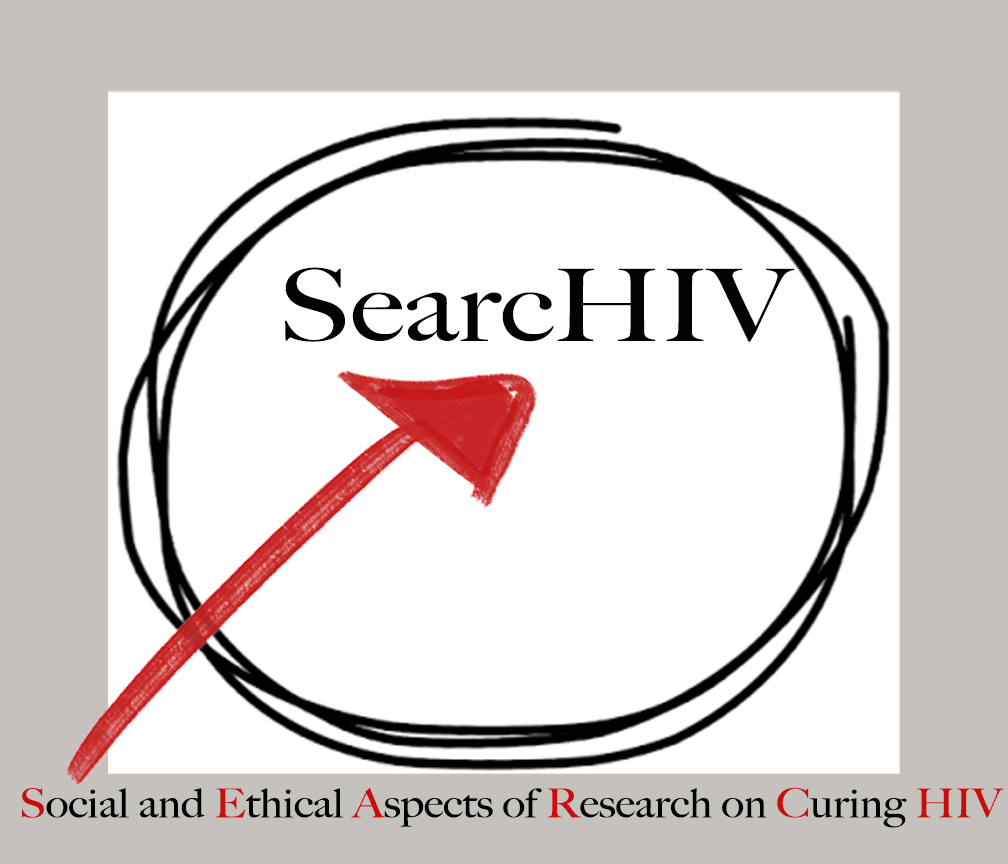By Jintanat Ananworanich, M.D., Ph.D.
Thailand is among the world’s hardest hit countries by HIV and has the highest HIV prevalence in Asia. In a country of 65 million people, over 1 million have been infected with HIV and half have lost their lives to the disease. Prior to 2004, there was little access to HIV medications. At the Thai Red Cross AIDS Research Center, clinical trials were used as means to provide life-saving medications to patients. I began my work there 14 years ago treating adults, children and families with HIV. Over the years, the center has provided treatment to over 2500 patients. We learned how standard dosing of some HIV medications was too high for Thais and that Thais might be more prone to certain side effects. Now HIV medications are available through the Thai government and research efforts are focused on improving early diagnosis and treatment of HIV with an aim for HIV remission and cure.
The recent news of viral rebound in the Mississippi child and the Boston patients have caused many of us to reassess the goal of HIV eradication to one that may be more achievable in the near future – HIV remission. But what HIV cure and remission mean to patients may be very different to what clinicians and researchers think. In this short movie, we interviewed 4 individuals – a teenager who was born with HIV and has been faced with taking HIV medications from a very young age, a mother with HIV whose daughter was very sick as a young child but has survived now to her teens with HIV medications, a 52-year old man on HIV medication who is receiving treatment for hepatitis C that is only available through the clinical trial and a young gay man who is a participant in an acute HIV treatment trial. All face HIV stigma and have to hide their identity. In the absence of HIV eradication, HIV positive status and ability to transmit HIV will remain; therefore, HIV remission may not ease HIV stigma and discrimination. Being able to stop HIV medication would greatly improve the quality of life of the teenager but it was not so important for others. Through this short interview, our patients gave us a glimpse into the hardship they have to contend with every day. Their hope for a cure and their trust in us to lead the way are what motivate us to continue this difficult and long road to HIV cure.

